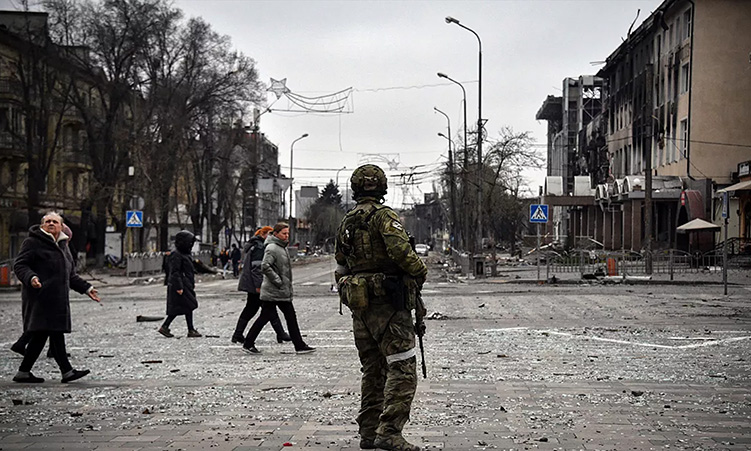Namibia will need to generate five times the electricity it produces in order to meet its 2030 ambitions of green hydrogen production.
The country aims to produce one million metric tonnes of green hydrogen by 2030.
According to a report by the International Energy Agency (IEA) on renewable energy opportunities in Namibia, this electricity is needed to run the electrolysers used in green hydrogen production.
“Meeting the 2030 hydrogen production target of one million metric tonnes would require around 50 terrawatt-hours (TWh) of dedicated electricity generation to run the electrolysers – five times more than current total power demand,” said IEA.
Additionally, this will require the county to make investments into renewable forms of electricity.
“Long-term hydrogen production targets would need to be supported with even larger investments.
Approximately 250 TWh of electricity will be needed to meet the 2040 target and around 500 TWh to meet the 2050 target. This is a hundred times larger than today’s power market,” notes the report.
Currently, Namibia has the highest electricity costs in southern Africa, primarily due to its heavy reliance on costly imported power.
The county imported more than 62% of its total power demand in 2021.
In 2023, half of Namibia’s population had access to electricity through a grid connection, with another 5% to 6% supplied via off-grid, mostly solar photovoltaic-based systems.
However there are still about 45% of Namibians living without electricity.
This is short of the United Nations’ Sustainable Development Goal 7.1, which targets universal access to secure, affordable, reliable, sustainable and modern energy.
“Namibians’ access to power remains above the sub-Saharan African average (49% in 2023, excluding South Africa),” notes the IEA.
The IEA said the country has a lot of renewable energy sources that can fill the energy gap, however, more investment is needed.
Namibia is among the countries with the best sunlight for solar energy, but not many households have set up solar panels on their roofs.
Published data from the Namibia Statistics Agency shows that less than 10% of households, irrespective of economic status, use solar energy for either cooking, heating or lighting.
This is despite constant complaints about the ever-increasing cost of electricity over the past years.
Stay informed with The Namibian – your source for credible journalism. Get in-depth reporting and opinions for
only N$85 a month. Invest in journalism, invest in democracy –
Subscribe Now!










